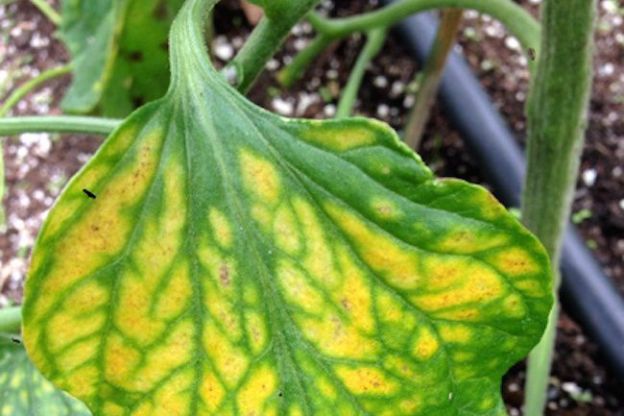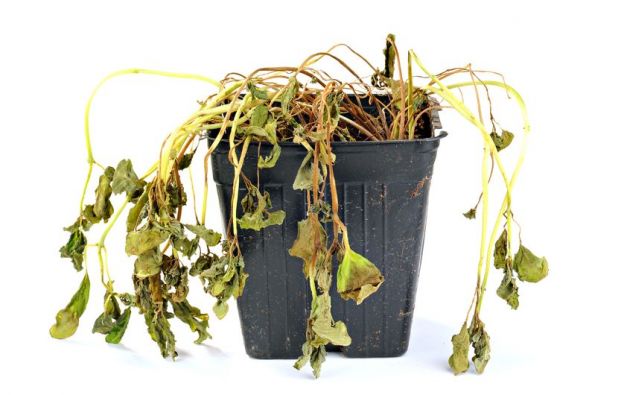WHY are my plants turning YELLOW?
Yellow leaves are the classic symptom of an unhealthy plant, but they can also help us decide how to treat it.

If you have plants in your garden or home, have you ever noticed the leaves turning yellow at some point?
Much like a persistent cough is a symptom that something in our bodies is not right, yellowing leaves indicate that a plant is not healthy.
In fact, they are evidence that chlorosis is in progress: ie. a lack of chlorophyll, the substance that allows plants to remain nourished and gives them their green color.
This lack of chlorophyll leads to yellowing leaves.
However, chlorosis can have different causes, which are essential to know if you want to find the cure .
These are the most common causes:
1. NUTRIENT DEFICIENCY

In addition to hydrogen, carbon and oxygen, plants need a dozen mineral nutrients to survive, and it has to come through their roots.
Normally this deficiency becomes obvious when you start to see the green veins of the leaves with yellow spots.
Some nutritional deficiencies cause older leaves to turn yellow first; this is due to the fact that certain nutrients are "moving" around in plants. In other words, a nutrient can move from one leaf to another if necessary.
When a plant has a lack of nitrogen, it can take nutrients from older leaves in order to continue supporting growth and create new leaves (at least for a while). The loss of nitrogen then causes the older leaves to yellow, while the new ones will be green.
Conversely, when there is a shortage of iron, new leaves turn yellow.
Iron is in fact an immobile substance that remains "locked" in older leaves.
In addition to nitrogen, other mobile nutrients of plants include phosphorus, potassium, magnesium and nickel .
Once you narrow down the suspects, including lack of mobile or immobile nutrients, look for other clues to determine why the leaves are turning yellow. Follow the diagram at the bottom of the article to proceed with your analysis and understand what action you need to take to save your plants.
2. PESTS

Unlike a shortage of nutrients, whose symptoms (yellow leaves) are often distributed symmetrically, pest problems tend to develop in an asymmetrical way. The effect left on the leaves is that of a series of dots, which would normally indicate a fungal disease or bacteria on the plants.
Before using an insecticide, check that the ground is not too wet.
Excess moisture tends to encourage and facilitate the spread of pests.
3. LACK OF WATER AND SUNLIGHT

All the nutrient substances in the world are useless if your plants aren't absorbing enough sunlight. This deficiency alone can provoke a yellowing of the leaves.
How much light they need depends on the type of plant.
The same goes for how much water your plants are getting. It is essential for the growth of any living organism and therefore your plant.
For more information on how to take care of unhealthy plants, see the diagram below from Safer® Brand.

More steaming articles
 25 fast beef dinners you can't mess up
25 fast beef dinners you can't mess up
 50 ways to make the most of summer...
50 ways to make the most of summer...
 10 habits that will make you a better...
10 habits that will make you a better...
Chef Tips and Tricks
Learn how to make Frappe Coffee like a pro!


Comment on this article